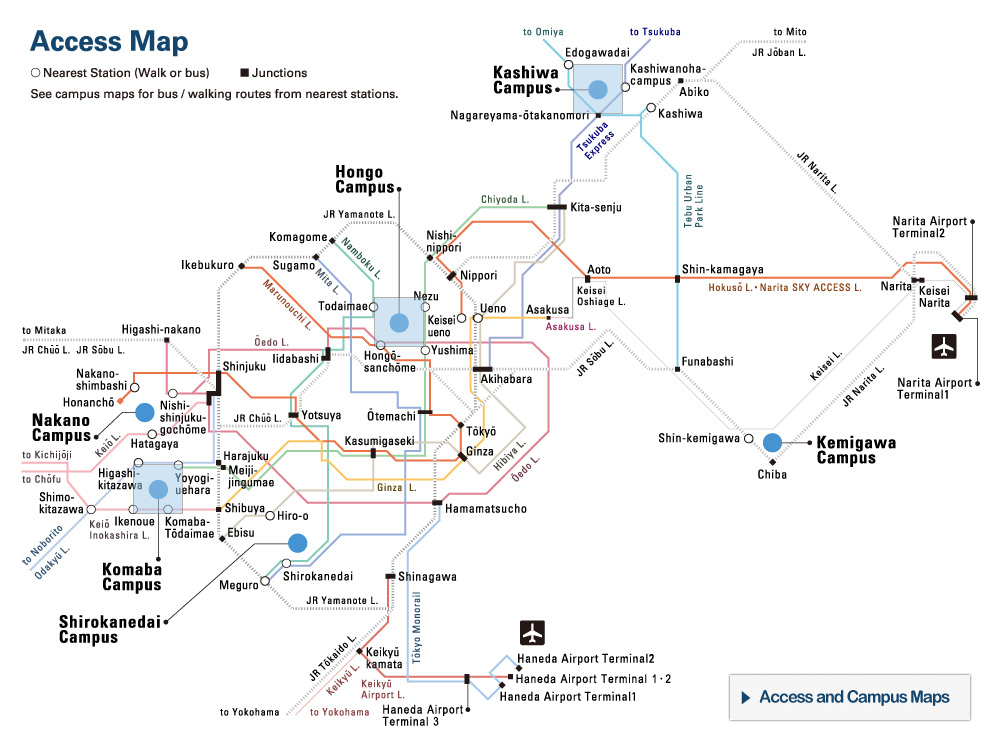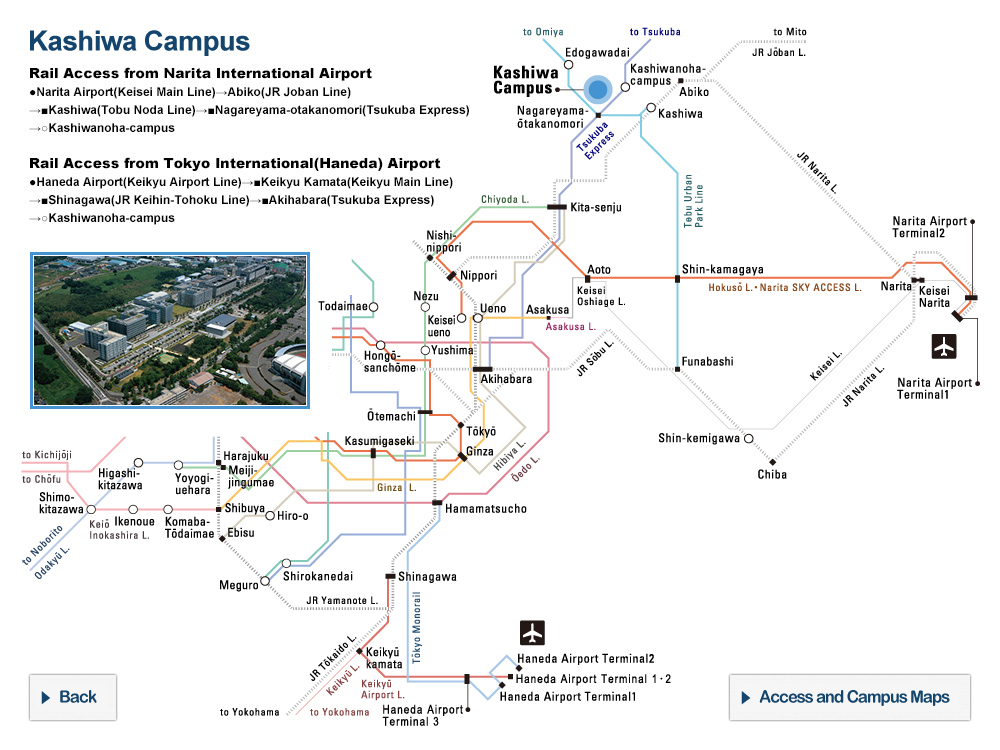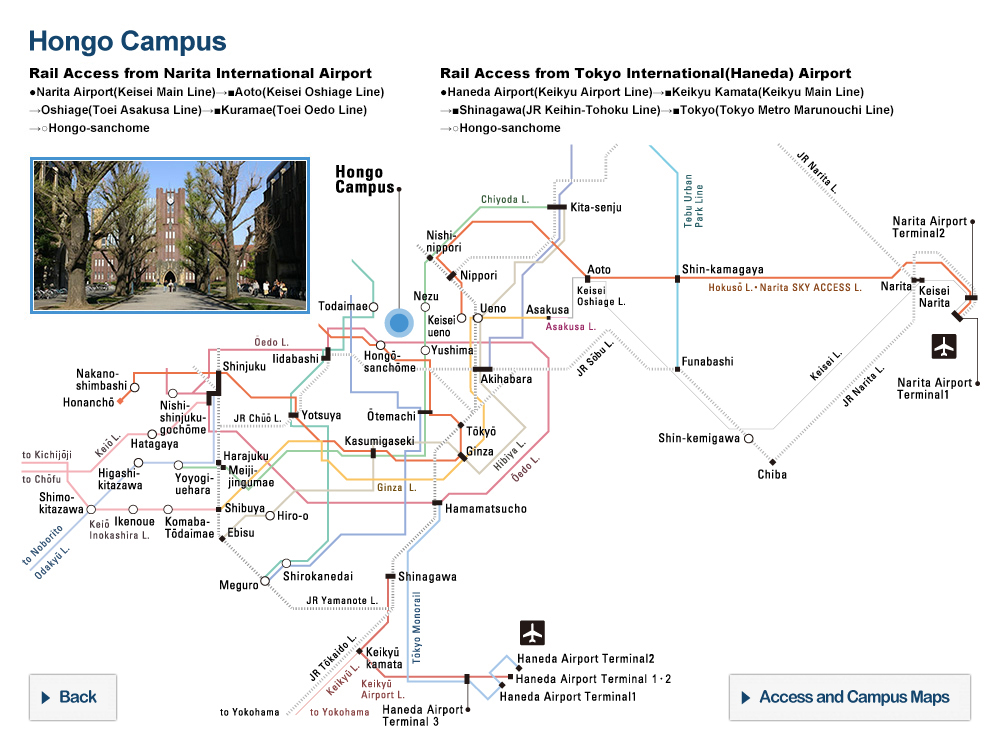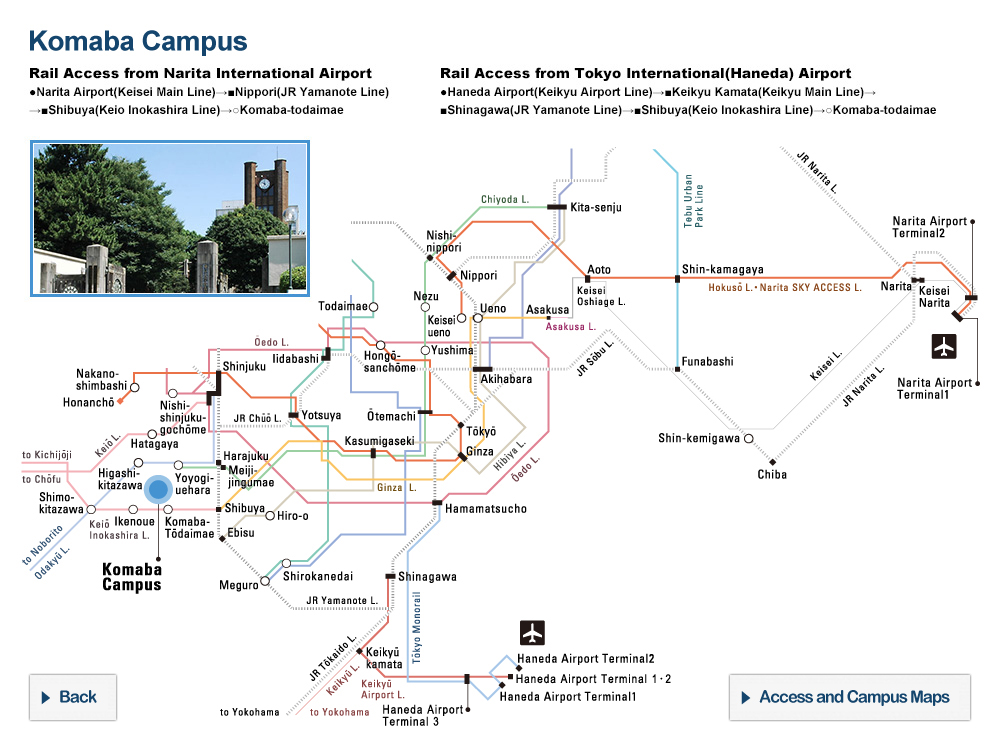Minimally invasive bone implant made possible Development of novel artificial bone with excellent bone-forming ability
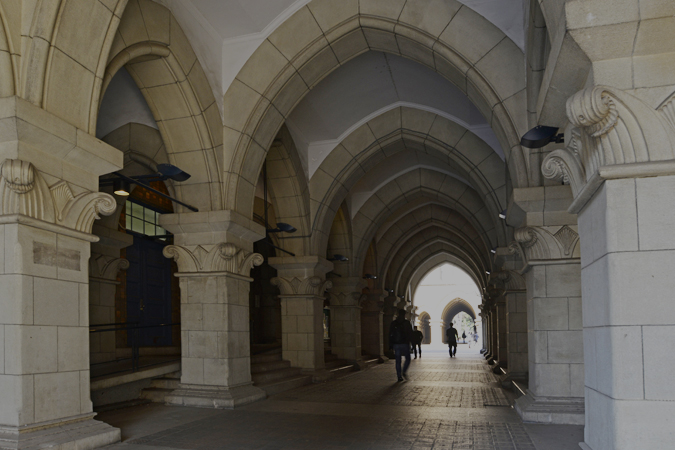
A University of Tokyo research group including Professor Yuichi Tei/Ung-il Chung, Department of Bioengineering, Graduate School of Engineering and Graduate School of Medicine; Professor Manabu Mochizuki, Veterinary Medical Center, Graduate School of Agriculture and Life Sciences; and President Shigeki Suzuki, NEXT21 K.K., have successfully developed a novel artificial bone with high bone-forming ability and easy application. This artificial bone is made of low crystallinity octa-calcium phosphate (OCP) by injection molding. A Swedish research group at the Department of Biomaterials, University of Gothenburg tested this novel artificial bone in comparison with processed bovine bone to prove its excellence in bone formation, fusion and replacement abilities.
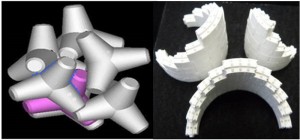
© 2014 Chung UI.
Artificial bone made of octa-calcium phosphate by injection molding. Left panel, Tetrabone; Right panel, Legobone. By controlling shape, these artificial bones are designed to form an optimal 3D shape when combined.
Because this artificial bone is made by injection molding, any given shape can be formed. OCP formation after molding has enabled the research group to fabricate high quality OCP artificial bone for the first time. This novel artificial bone is similar in shape and constituents to deproteinized bone from deceased donors (allograft) and processed bovine bone (xenograft).
In Japan, allograft is not popular and a bone bank does not exist. Therefore, autografts obtained from healthy sites including iliac bone and fibula in the patient’s own body are widely used instead. This new artificial bone made of OCP by injection molding may enable a new type of bone transplant not relying on autograft or foreign bone-bank-derived allograft. Furthermore, it will help reduce the surgical burden on the patient that autograft entails.
Paper
Elgali I, Igawa K, Palmquist A, Lenneras M, Xia W, Choi S, Chung UI, Omar O, Thomsen P,
“Molecular and structural patterns of bone regeneration in surgically created defects containing bone substitutes”,
Biomaterials, 35, 2014: 3229-42, doi: 10.1016/j.biomaterials.2013.12.084.
Article link
Links
Graduate School of Engineering
Department of Bioengineering, Graduate School of Engineering
Tei/Chung Lab, Department of Bioengineering, Graduate School of Engineering



